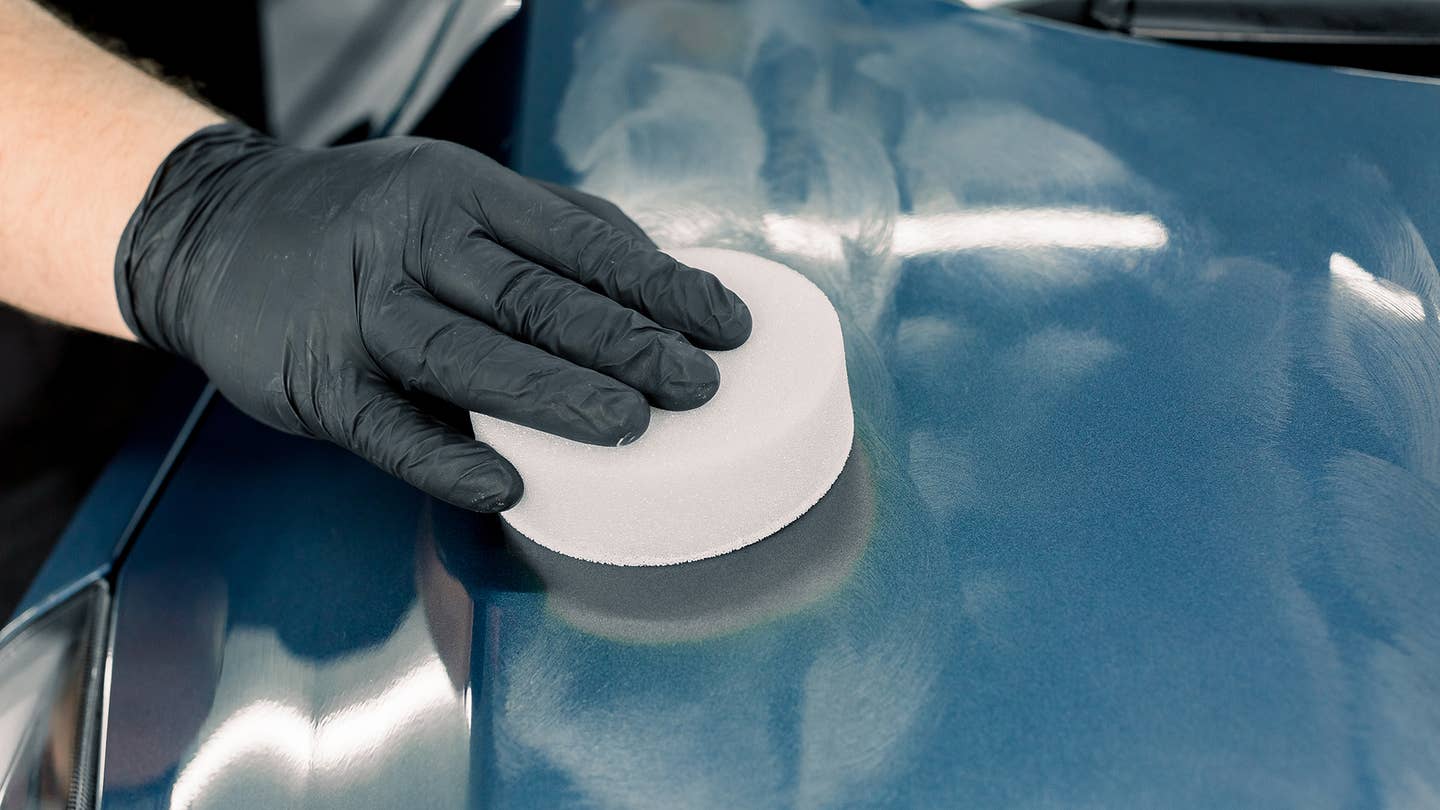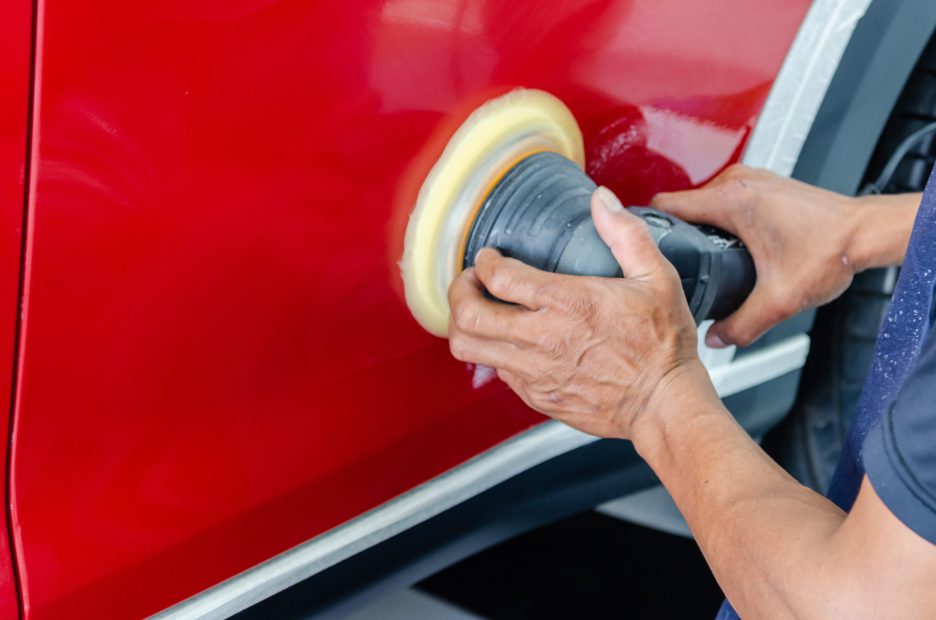Car Wax Types Explained: Types, Benefits, And How To Choose
Maintaining the glossy finish of your car not only enhances its appearance but also protects its exterior. Car wax is a key element in this maintenance routine, offering a shield against the elements and a stunning shine. However, with various types of car wax available, choosing the right one can be daunting.
This guide will walk you through the different types of car wax, their benefits, and how to select the best option for your vehicle.

Types Of Car Wax
1. Natural Carnauba Wax
Carnauba wax is derived from the leaves of the Carnauba palm tree in Brazil. Known for providing a deep, warm shine, this wax is favored by car enthusiasts who seek the ultimate glossy finish. It comes in two forms: pure (yellow) and blended (white). Pure carnauba offers the highest level of gloss but can be more challenging to apply.
2. Synthetic Wax (Sealant)
Synthetic waxes, also known as paint sealants, are made from polymers designed to mimic the effects of natural wax. They provide a durable, long-lasting protective layer and are easier to apply than carnauba wax. While they may not offer the same depth of shine as natural wax, they excel in longevity and ease of use.
3. Spray wax
Spray wax is the quickest and easiest to apply, making it ideal for a quick shine and touch-up between full waxes. While it doesn’t provide as durable a layer of protection as paste or liquid waxes, it's perfect for maintaining your car’s shine between more thorough waxing sessions.
4. Liquid Wax
Liquid waxes are popular for their ease of application and good balance between shine and protection. They are easier to apply than paste waxes and can provide a durable finish. They often contain both natural and synthetic components, offering a compromise between shine and durability.
5. Paste wax
Paste waxes offer the most durable and protective finish. They can be more challenging to apply compared to liquid and spray waxes, but the effort pays off in the longevity and quality of the shine. They are ideal for those looking to achieve a professional-level finish.

1. Protection from the Elements
Car wax acts as a barrier against environmental contaminants like dirt, grime, salt, and UV rays. This protection helps prevent paint oxidation and fading, maintaining your car's aesthetic appeal.
2. Enhances Appearance
A good wax job can make your car look new again by filling in minor scratches and providing a deep, glossy finish. This enhanced appearance can also increase your vehicle's resale value.
3. Easier Cleaning
With a layer of wax, dirt and debris are less likely to stick to your car’s surface. This makes washing your car easier and less time-consuming, as contaminants are more easily removed.
4. Hydrophobic Properties
Waxing your car creates a hydrophobic layer, causing water to bead up and roll off the surface. This not only looks impressive but also reduces water spots and staining.

1. Consider your needs.
Think about what you want to achieve with your car wax. If you’re looking for a quick shine and easy application, spray wax might be the best choice. For long-lasting protection and a deep gloss, natural carnauba or paste waxes are ideal.
2. Evaluate your skill level.
Some types of wax require more effort and experience to apply correctly. If you’re a beginner, starting with a liquid or spray wax can be less intimidating and still provide good results.
3. Assess the climate.
Your local climate can influence the type of wax you should choose. In hot, sunny environments, a wax with strong UV protection is beneficial. In areas with harsh winters, a durable synthetic wax might offer better protection against road salt and grime.
4. Check for compatibility.
Ensure the wax you choose is compatible with your car's paint. Some waxes are formulated for specific types of paint finishes (e.g., matte, clear coat). Read the product label carefully to avoid any potential issues.
5. Read reviews.
Customer reviews can provide valuable insights into the effectiveness and ease of use of different car waxes. Look for feedback on durability, shine, and overall satisfaction to help guide your decision.

What is the difference between carnauba wax and synthetic wax?
Carnauba wax, derived from the Carnauba palm tree, provides a deep, warm shine. Synthetic wax, made from polymers, offers longer-lasting protection and easier application but might not shine as much as carnauba wax.
How often should I wax my car?
Wax your car every three to four months. Synthetic waxes last longer and may need less frequent application than natural carnauba waxes.
Can I use spray wax as a standalone treatment?
Spray wax is suitable for quick applications but doesn’t offer the same durability as paste or liquid waxes. It’s best for touch-ups between thorough waxes.
Is car wax suitable for all types of car paint?
Most waxes suit various paint finishes, but check product labels for compatibility with your specific paint type, such as matte or clear coat finishes.
In conclusion, choosing the right car wax involves understanding the types available, recognizing the benefits each type offers, and considering your specific needs and circumstances. With the right wax, you can maintain your car’s pristine appearance and protect it from the elements, ensuring it stays looking its best for years to come.
Click on the following link to read another blog post: How And Where To Use Lithium Grease On Your Car?















